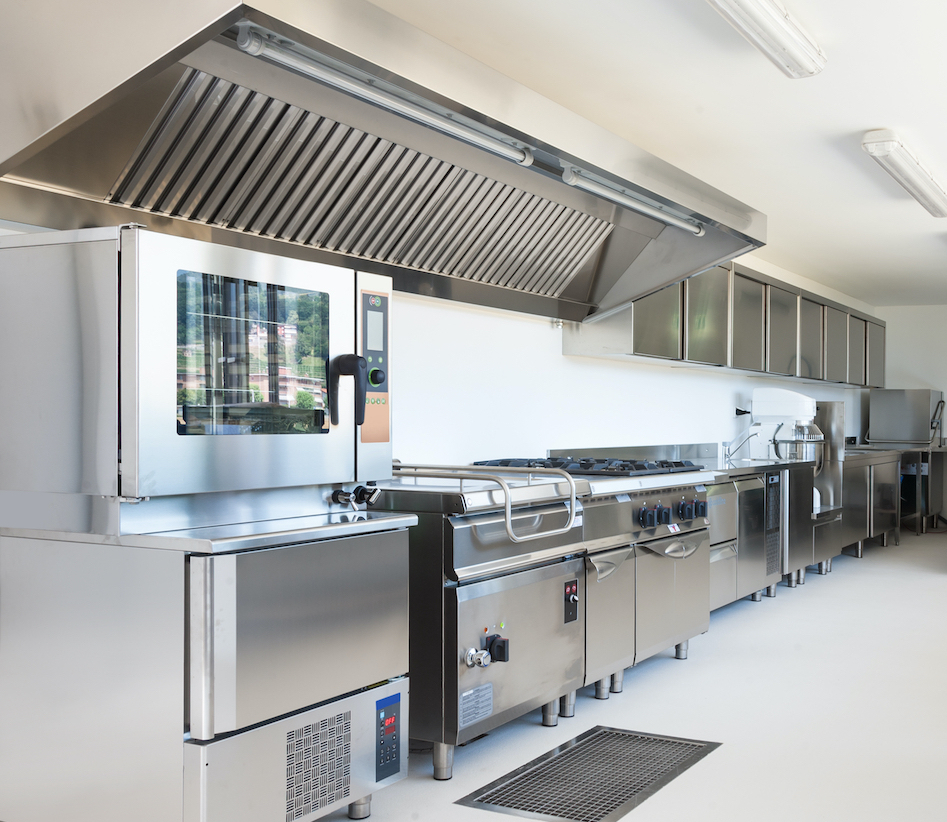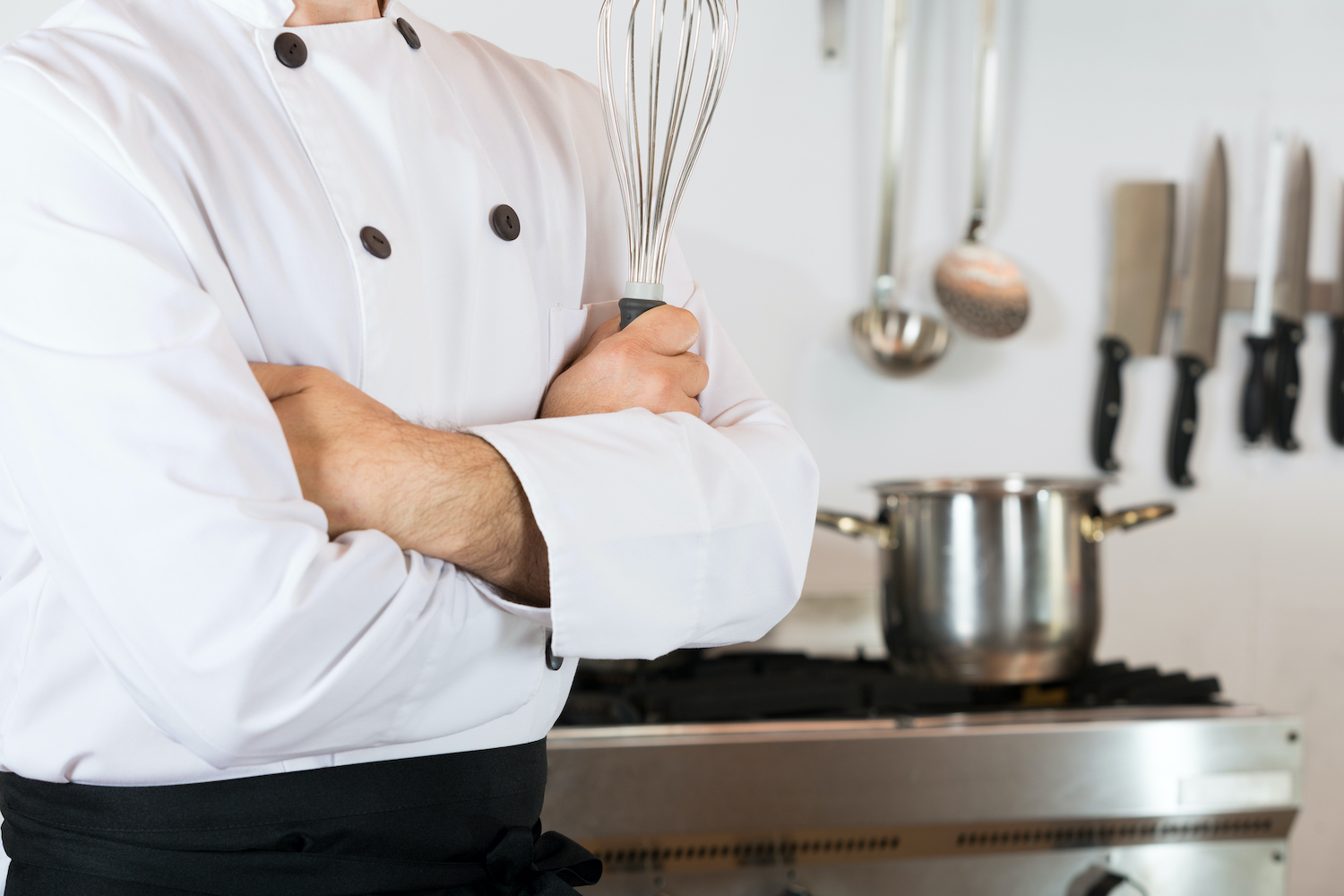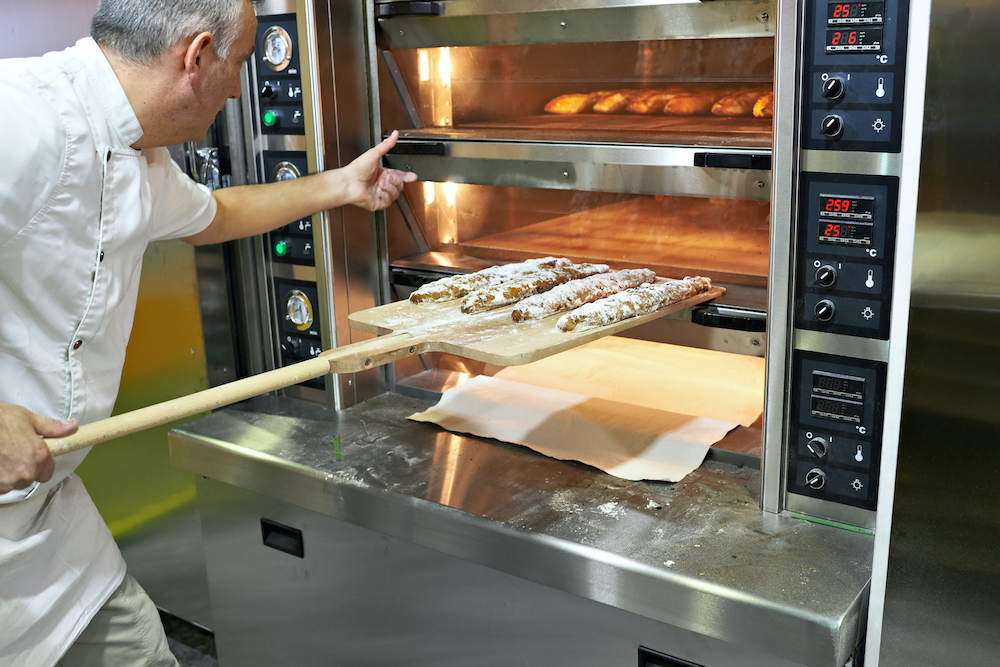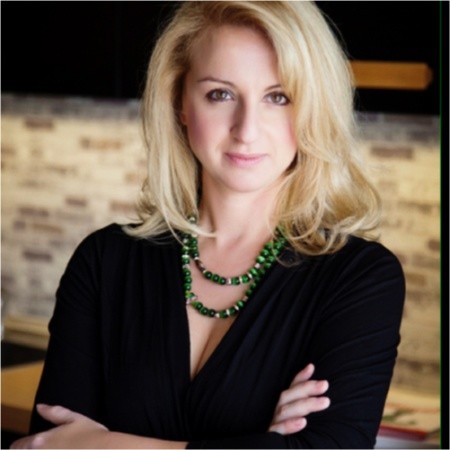Commercial Ovens: How to Choose the Ideal One
One of the most important machines in the commercial catering industry, the oven is a type of investment. There is a wide range of commercial ovens available on the market, and often the technical terminology used does not help us choose the oven that meets our needs.
What makes it personalized for my business, how much should I invest, and what features are relevant to me are the basic questions that the average professional asks when searching for a commercial oven in the equipment industry.
Let's examine the basic considerations we make when searching for the ideal oven in the following guide in order to fully meet the needs of our business.
What is the main reason for using the oven?
Obviously, it is for baking. There is no doubt about it. But what is our goal for this purchase? What are we aiming for? Immediate and fast production? An all-in-one machine? Mixed cooking methods? Absolute consistency in temperature and uniform baking? High production volume? Simplification of processes? We start by recording the 3 main reasons why we need this oven.
How is the kitchen set up?
 The concept of the business has determined where the kitchen is located and what role it plays.
The concept of the business has determined where the kitchen is located and what role it plays.
Is it an open kitchen, where the oven is not only functional but also a theatrical element? You should also focus on design.
Have you chosen an island-type layout where tasks are performed in a large central space (usually hotel setup) and the ovens are mainly placed under the counter along with the hobs? Then, of course, you are looking for compact convection ovens along with the hobs.
Is the kitchen arranged in a zone-style layout (the most popular setup in restaurants and taverns), divided peripherally according to the workflow it performs, and the oven is placed against the wall? A professional convection or combi oven will solve your problems.
Do you have a high production volume in a closed limited menu, having chosen an assembly setup where the entire workflow is done in a row (self-service, large canteens, franchises, pizzerias) and the oven requires a large installation along with ventilation? The solution of a rotating convection oven may be the only proposal.
What is our current production capacity and what is projected in the future?
When making our selection, we anticipate production for a 3-year period. As much time as the professional needs to increase their production based on the dynamics of the overall business. This means that we will calculate how many types of products we want the oven to bake and at what production rate per hour.
It is different to bake only tray dishes today and to want to prepare the entire menu from one oven in the future. Just as it is different to bake many types of products that will vary in numbers due to increased sales.
Therefore, in order to calculate the size of the oven we need, we must take into account factors such as the size of the product, the production volume per batch, and the number of batches required in a day to meet production requirements at maximum capacity.
What investment is needed to purchase a commercial oven?
Investing in an oven with features that make our processes faster or easier and provide a consistent product can save the business a lot more money in the long run than what was needed to purchase it. Also, the decision whether to rely solely on one machine or not. The budget depends on the size of production, the type of business, and the available capital.
In average production, the recommended budget per business category ranges from:
- Restaurant/Hotel/Catering/Snack-Café-Bar: For very small units with a low budget but also very small production requirements, a 6GN-8GN oven can cost between €500-€4,500, depending on the technology. If we invest in the convenience it provides and in larger production of 10GN-12GN, then the cost ranges between €2,500-€12,000.
- Pizzeria: The investment for a pizzeria depends on both the size of the business and the choice between a wood-fired oven or an electric/gas oven, which significantly changes the cost. A small pizzeria that bakes up to 50 pizzas in its operation may need a wood-fired oven for 6 pizzas (starting from €3,000) or an electric pizza oven with 2 chambers for 9+9 pizzas with Ø 34 cm (starting from €4,500). As the sizes increase, the investment for a wood-fired oven can reach up to €20,000 for 5 pizzas of 30cm with a production of 180 pizzas per hour or a tunnel pizza oven for 210 two-floor pizzas (€35,000).
- Pastry Shop: A pastry shop may have small and limited production only in sweets, so a 10-tray convection oven may be sufficient to serve its production. In this case, the cost ranges between €2,500-€10,000. If we are talking about units with higher capacity, where the business bakes additional sweets and bakery products, then a 13-tray convection oven is necessary (€10,000-€40,000), in addition to a triple pizza oven (around €1,000), and we definitely calculate the cost of proofing cabinet, so a small proofing cabinet for 10 trays will cost from €600, while a large proofing cabinet for 20 trays will reach up to €10,000.
Who decides on the purchase?
The purchase of an oven usually falls on the owner or manager of the unit. Both the equipment company and the specialized consultants contribute to this decision. However, the Chef also co-signs as the manager of the machine and creator of the menu. It should be noted that the oven is a machine that supports the entire operation of a production unit, so it cannot be simply a matter of preference or desire of the Chef, but rather satisfying the basic needs of the business.

Who and how will use the oven?
The staff who will use the oven needs to adapt to its functions and requirements. After proper training, an oven with advanced capabilities allows chefs to consume less energy in unnecessary processes and become more efficient. The working environment appears more organized and the staff feels less tired.
What technical limitations might exist?
Power supply: Study the power requirements in relation to your unit and the power supplies used in three-phase or single-phase current and their installation by a specialist. Decide whether a gas, electric, oil, charcoal or wood oven can be installed based on fire and health conditions.
Water supply: Study the water supply required before installation, including the height of the supply so that the water is properly supplied to and from the oven. Also, check the hardness of the water depending on the area you are in, avoiding major and costly damage to your new oven.
Ventilation: Study the required ventilation needed for the oven before purchase and installation.
Types of Baking and Oven Operation

Convection Ovens, Forced Air
Operation: Convection ovens operate with a fan that circulates air inside the chamber at temperatures ranging from 30°C to 300°C. This reduces cooking times and meat shrinkage, resulting in higher product yields.
Some of the most efficient devices operate with only a 13A plug, meaning that these electric ovens are excellent for their power supply.
Ideal for: Small or very small businesses with simple requirements and low production or limited spaces such as small restaurants, fast food outlets, snack bars, and taverns. Models range from tabletop ovens to larger ones with GN dimensions and positions.
Advantages: The main advantage is the low investment required. Additionally, they are available in a wide variety of models and price ranges. Due to their popularity, their service is faster and more organized. They also allow for baking a variety of products.
Disadvantage: Because they are economical, they are preferred by many professionals, but as a professional solution, they do not provide the additional advantages that a business may need.
Combination Ovens with Humidity (Combi) or Steam Air (Boiler)
Operation: Combination ovens with humidity (Combi) operate with a fan that circulates air inside the chamber at temperatures ranging from 30°C to 300°C, but also with steam to create humidity from 30°C to 130°C. This means that a hydraulic connection to a water supply network is required. It is recommended to have an installation study conducted by an engineer before purchasing to ensure its full performance and to examine any doubts beforehand. The humidity is provided directly and depending on the oven, we can manually or automatically determine when it will be released into the food. They are called "smart ovens" because of their multiple features and programs, as well as the mixed cooking capabilities. Additionally, several models can "regenerate" food.
Ideal for: Businesses with mixed menus, high dynamics, a large number of customers, multiple and intense requirements, production of preparations (steam) that require high humidity rates, and possible need for baking and pastry, e.g. catering, institutions.
Ideal for a la carte restaurants and large dining spaces in general. A la carte requires food to be prepared on demand. The required oven needs to be fast and reliable, with the ability to handle multiple preparations. It is also suitable for self-service restaurants, where food is prepared in gastronorm containers and baked directly in the ovens, while also having the requirement for regeneration.
Depending on its capacity, it can also be a choice machine in the hotel industry.
Advantages: Stable ovens with many capabilities. They are very flexible in different types of cooking: steaming, frying, roasting, stewing, and more. Although the result is the same as with simple convection ovens, their automation makes them the best. They can provide a consistent and precise product, exactly as desired.
They are available in different models depending on the production and processes we follow. They are excellent for large productions, as they can accommodate entire trolleys with gastronorm from 6 GN to 20 GN for baking, and can regenerate food that requires simple reheating. However, they can also save money for smaller businesses that can rely on their entire production work on a single machine, cooking mixed dishes. In mixed cooking, e.g. meats, fish, bread, the aromas do not pass from one dish to another. Many models have a rotating function for uniform, perfect baking. Choosing them will save you a lot of money in labor hours, increase production, provide perfect-uniform-accurate results, reduce production effort, and reduce energy consumption.
Disadvantage: The cost is certainly much higher than a simple oven. However, acquiring them is an investment and the money will be returned to the business in many ways. They are so necessary in the business that the possibility of their wear and tear should be anticipated, either by replacing the machine immediately or by providing fast service and availability of spare parts.

What else affects the oven market?
The person responsible for purchasing the oven is often influenced by a plethora of additional factors (beyond basic functions and dimensions), such as:
- The seller: How much the seller engaged with the buyer. Possibly, the most important part of the sale is the interest shown by the seller in respecting, listening to concerns, matching needs with the product, and providing solutions to the buyer.
- The final price: Starting their search, the buyer has a budget available, which in some cases allows for flexibility to invest more. However, many times important elements are overlooked that are outside the price, such as the installation of the machine, additional training, or additional shipping charges.
- The cost of extra accessories: An oven comes with many extras that we need to ask about and be informed about. From the cabinet, the thermal cover, the drain, the wheels to measuring tools, sheets, and grates.
- The cost of cleaning products: It is something that almost no one thinks about, but most machines have their own cleaning products, especially when they have automatic washing. For their daily use, we need to calculate the additional cost as well as how to supply them.
- The service: The company must not only commit to having an organized service department that responds quickly, but also to be able to provide spare parts in a timely manner for all the machines we will purchase, within and outside the warranty. When purchasing the machine, we must ensure what the company's policy is towards us in case of damage, replacement, or maintenance.
- The warranty: We should not be impressed by machines that are either at an attractive price or offer many extras if all of these are not covered. We need to find out if the oven warranty is fully or partially covered. Are the spare parts included in the warranty? Is the warranty period within reasonable limits of the market?
- Safety: Safety features such as the safety thermostat, automatic shutdown of the air with the opening of the door, double/triple safety glass, or fireproof materials and the gap between them for less radiation to the operator and greater performance in baking are considered self-evident in such an intense working environment as the professional kitchen.
- The geographical location of the business: Before searching for an oven, it would be good to conduct market research on the charges for electricity or gas, as well as whether there is a natural gas connection in our area. Certainly, gas ovens are an economical solution if there are the infrastructure and requirements, however, some islands buy gas at a very high price, so in these cases, it is more cost-effective to buy an electric oven.
- Availability: How soon do we need the oven? We need to discuss with the company if the oven is ready for delivery or imported with a specific delivery time and set clauses in its delivery. Its delivery can greatly affect the start of the operation of the business.
- Reviews: People are influenced by reviews, possibly even more than what the product itself can offer them. Reviews that remain objective and advise them on the actual purchase are a key factor in the market, as well as direct advice from other people in the market.
- Customization of basic functions: Especially in more expensive models, it is particularly important for a machine to be able to offer solutions that are in line with the menu and processes of the business. This customization is mainly found in "smart ovens".
- Energy Efficiency: How eco-friendly a machine is in terms of consumption and energy saving directly affects us financially, which needs to be taken into account in its depreciation.
- Manufacturer / Country of Origin: The country of origin can be a preferred or rejected solution by the buyer. Depending on our requirements, the expectations we have in relation to the overall benefits and price are influenced by the country of origin of the machine (Greek, Italian, German, Chinese, Turkish, etc).
Looking for a kitchen for your home? Discover our guide to the best kitchens and ovens on the market here!

Lila Karapostoli
Lila Karapostoli is the owner of "Cooking Lessons", an innovative lifelong learning school specializing in fast-track culinary and pastry education.
With an initial focus on sociological studies, a final direction in Marketing, and specialization in entrepreneurship studies from MIT, from her first work steps she collaborated with food companies and restaurants. Additional F&B seminars, journalistic experience, and contact with famous chefs, as well as numerous gastronomic trips and workshops, have provided her with excellent professional knowledge. Her articles have been published in several gastronomy and lifestyle magazines. Her book, "Traditional Tastes of the Aegean", was awarded as the "best gastronomy book by a Greek author" by the Gourmet Awards. Today, she continues to write articles and advise restaurants and small dining establishments, while also training professionals in the field of entrepreneurship.









